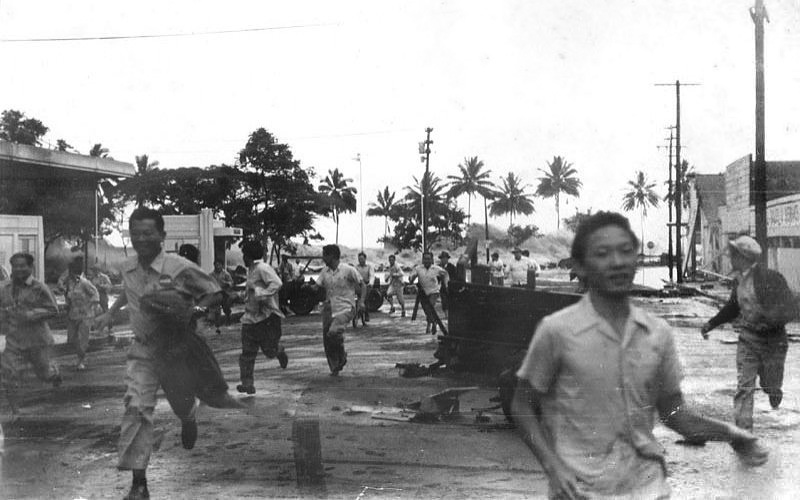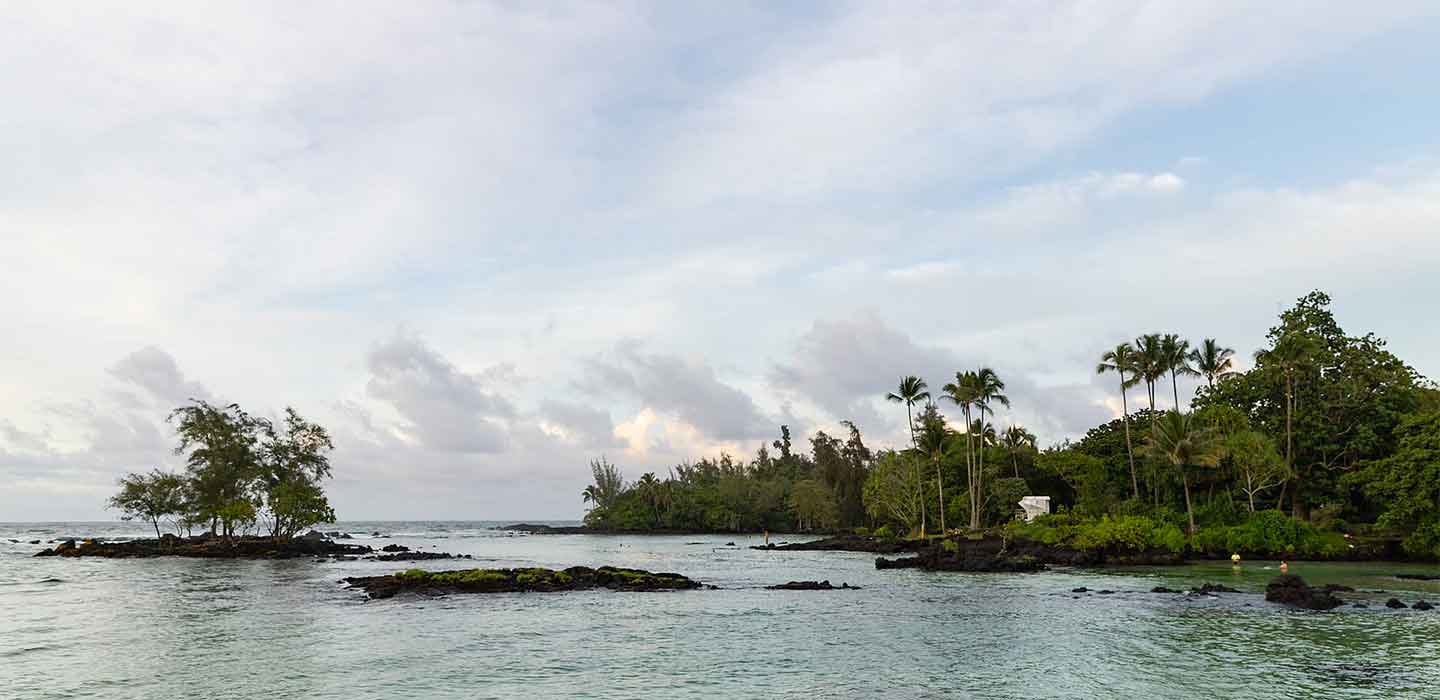The Pacific Tsunami, Hilo
Hawaii’s Testament to Nature’s Fury
Located in the heart of Hilo, Hawaii, on the Big Island’s east coast, just a short drive from our Volcano bed and breakfast sits a unique and impactful institution, the Pacific Tsunami Museum. The museum’s goal extends beyond educating visitors about the science behind tsunamis and their role in Hawaiian history. It aims to promote public understanding and awareness of natural disasters, hoping to save lives in the future.
In 1993, Jeanne Branch Johnston, who had survived a tsunami herself, recognized the necessity for a tsunami-centric museum in Hilo. As she explored the prospect of establishing such a museum, she discovered a broad base of support, leading to the formation of a steering committee. Initially, the museum was called the “Hilo Tsunami Museum.” However, it subsequently changed its name, evolving into the “Pacific Tsunami Museum” (PTM).
The Pacific Tsunami Museum resides within a historic building on the edge of Hilo Bay. First Hawaiian Bank donated the structure, originally the Kamehameha Branch building in downtown Hilo. It survived the two devastating tsunamis that ravaged Hilo in 1946 and 1960. With its Art Deco-style architecture, the museum stands as a symbol of resilience amidst nature’s fury.
As you enter the museum, a feeling of quiet reverence takes over, quickly followed by fascination and awe. The exhibits tell tales of disaster and survival, human resilience and heroism, all within the context of the Pacific’s tumultuous seismic activities.

One of the key highlights of the museum is the compelling narrative of the two significant tsunamis that struck Hilo in 1946 and 1960 with survivor narratives. Visitors can journey through time, viewing immersive exhibits, photographs, and videos that recount the events leading up to these natural disasters, the aftermath, and the city’s resilient recovery.
The 1946 exhibit traces the origins of a 7.8 magnitude earthquake off the Aleutian Islands, Alaska, that triggered a monstrous tsunami wave, taking the lives of 159 people in Hilo. The museum showcases gripping survivor testimonies, providing a deeply personal perspective of the catastrophic event.
The 1960 tsunami, originating from an earthquake off the coast of Chile, is presented through a remarkable 360-degree theater experience. Patrons are immersed in the harrowing scenes of the disaster, which took 61 lives and caused extensive damage. The presentation includes survivor interviews, offering a profound human connection to the historical event.
The Pacific Tsunami Museum goes beyond showcasing these cataclysms. It serves as an educational platform explaining the scientific principles underlying tsunamis. Interactive displays demonstrate the tectonic activities that lead to these monstrous waves. Though grounded in science, these explanations are presented in an accessible manner, making the information engaging for all ages.
Another significant aspect of the museum is its dedication to the memory of those who perished in these disasters. The Memorial Wall, a poignant tribute, lists the names of the victims of the 1946 and 1960 tsunamis, serving as a solemn reminder of nature’s raw power.
In keeping with its mission to foster tsunami preparedness, the museum hosts a Tsunami Preparedness and Community Resilience section. This includes a simulator that allows visitors to experience what it’s like to be in a tsunami and information on emergency preparedness and evacuation strategies.

Hilo Bay looking serene and peaceful.
The Pacific Tsunami Museum is a historical repository and a catalyst for change. The museum plays a vital role in safeguarding future generations by raising awareness about the power of tsunamis and the importance of preparedness. It is a testament to Hilo’s resilience and its capacity to remember, recover and educate.
The museum offers an unforgettable experience. It paints a vivid picture of the Earth’s relentless power and humanity’s indomitable spirit. The journey through the Pacific Tsunami Museum may not always be easy, as it invites us to confront the harsh realities of natural disasters. However, it is undoubtedly one of understanding, resilience, and hope.
Institutions like the Pacific Tsunami Museum are more relevant than ever as we stand on the brink of escalating natural calamities. They serve as potent reminders of our vulnerability but also of our strength. We can learn from our past, prepare for our future, and, most importantly, respect the formidable power of nature.
So, the next time you are visiting our Hawaii bed and breakfast and find yourself in Hilo, Hawaii, take some time to visit this unique museum. It’s an experience that will educate, inspire, and hopefully help foster a deeper understanding of our place within nature’s powerful and awe-inspiring canvas.
